Secrets of planting jasmine or chubushnik and rules for caring for a shrub
Ornamental shrubs are traditionally the favorites of gardeners and landscape designers. Their popularity is understandable, because such a simple solution as planting jasmine, with the arrival of spring, will turn the summer cottage into a magical corner where it is pleasant to work and relax, enjoying the wondrous beauty and enchanting aroma of numerous flowers strewn with a spreading bush. Its scientific name - chubushnik - is not very euphonic and is used mainly in official sources. It is popularly known as garden jasmine. He received this name from German gardeners because of the shape and smell of his flowers.
Optimal site
Nature has awarded the shrub with high resistance to adverse environmental influences. It is shade-tolerant, can grow in nutrient-poor soil, and tolerates an arid climate. However, one should not expect high decorativeness from it under such conditions. Growing jasmine in highly shaded areas will cause the bush to stretch out and produce few flowers. The scarcity and dryness of the soil will slow down its development, and the leaves and buds will be small.
Open sunny areas with well-moistened soil, which contains a lot of humus, are preferable for the chubushnik. The shrub will bloom beautifully and magnificently in the country and in partial shade, but only if it is insignificant and falls from the side. You can plant it in light to medium loam.
Optimal for garden jasmine soil prepared from the following components:
- 3 pieces of leafy land;
- 2 parts of humus;
- 1 part river sand.
The bush does not tolerate stagnant water in the soil, therefore it needs good drainage. It will be provided with a thick layer (at least 15 cm) of pebbles, gravel, expanded clay, broken brick or crushed stone, poured onto the bottom of the planting pit. Heat-loving varieties of chubushnik are sensitive to drafts, so they should be correctly placed in areas protected from cold winds.
Planting Secrets
Jasmine garden shrub is planted in spring or autumn. Usually the plant is propagated by cuttings, digging holes about 50 cm deep under them. It is important that the soil covers only the root of the seedling, and its trunk remains completely on the surface, otherwise it may rot. Experienced gardeners recommend planting shrubs in the country in the fall. It is better to choose a warm, clear day for the procedure from the second decade of September to October 10. If jasmine is placed in the soil in spring, then, so that it takes root well and does not die, you need to have time with planting before the shrub releases its leaves.
The soil is pre-dug up and enriched with nitrophosphate fertilizer. It is applied to the bottom of the well at the rate of 30 g of the drug per cutting. When planting, you need to ensure that the roots of the chubushnik do not rest against the walls of the pit. There should be at least 10 cm before them. It is enough to deepen the bark neck of the bush by 3 cm from the soil surface. The ground in a hole with cuttings is carefully tamped. This will help the plant to take root in a new place faster. At the base of the seedling, a funnel-shaped depression is made, gently converging to the trunk. It will retain moisture during watering and rains.
Advice
When the rooting process of the seedling is completed, its main branches are slightly shortened, and the weak ones are cut off. Then the bush will turn out to be more spreading, many buds will form on it, and its crown will look well-groomed and symmetrical.
Between the cuttings, leave from 50 to 150 cm of free space. In order for the chubushnik to form a hedge in the future, a well-lit area is chosen for it, making an interval of 50-80 cm between the seedlings.Both in spring and autumn, they complete the procedure with abundant soil moisture. Pour 1-2 buckets of water into the holes with dug cuttings.
Care rules
Caring for the garden jasmine shrub will not take much time. When its flowering is over, the mock-orange is carefully examined and wilted buds and weak branches are removed. Dry, damaged processes directed inside the crown are also necessarily cut off. This will provide an incentive for the development of new strong shoots. In autumn they will start branching, and next spring their young shoots will be covered with flowers. When 3 years have passed since the rooting of the chubushnik in the open field, the bush is rid of the old branches, without regret cutting them to the base of the trunk. Thanks to this, young and full of strength shoots will receive more free space for development, and their flowering will be more magnificent.
For jasmine cultivation to be successful, the shrub must be properly watered and fed. High humidity of the air and soil is important for the chubushnik. Throughout the growing season, he needs frequent and abundant watering. Use settled soft water for it. So that moisture does not linger in the ground, but is absorbed faster by the roots of the plant, watering is carried out with warm water. The shrub reacts well to spraying, but during flowering they are contraindicated for it.
In the first year, garden jasmine will have enough of those fertilizers that were applied to the soil during planting, and then it needs to be fed regularly. Complex mineral preparations intended for flowering shrubs are suitable for the mock-mushroom.
You can prepare the nutritional composition yourself by dissolving 3 ingredients in 10 liters of water:
- superphosphate (30 g);
- urea (15 g);
- potassium sulfide (15 g).
From organic fertilizers, it is recommended to use slurry, apple or birch ash. At the beginning of autumn, jasmine is fed with humus or compost at the rate of 2 buckets per 1 adult bush, embedded in the ground to a shallow depth. Cultivation of a chubushnik is also not complete without regular weeding and loosening of the earth. You can mulch the soil around its trunk with peat, dry compost, leaf humus. This will help to retain moisture in it and improve the passage of air to the roots of the plant. The mulch layer should be 4-7 cm.
Breeding features
The shrub is propagated in different ways:
- seeds;
- cuttings;
- shoots;
- root layers;
- dividing the bush.
When planting garden jasmine seeds, you will have to be patient. They are sown at the beginning of winter, on the eve of severe cold weather. You can do this even under the snow. Having deepened the seeds into the ground, they are covered with spruce branches. Seedlings appear in early spring. The seedlings are hardened, but it will take 7-8 years until the state of an adult plant, when the bush can bloom.
Cultivation of a mock-orange from layering is more often used. In order for the shrub to give them, with the onset of spring, all shoots are removed from it, making room for a young and full of vigor growth. For propagation of garden jasmine, the strongest branches are chosen. They are bent to the ground, laying in previously dug grooves. The shoots are deepened into the soil, sprinkling with sand and peat on top. After 1.5 months, they will begin to branch, and in the fall, the young bush can be separated from the mother and transplanted.
It is even easier to propagate garden jasmine by cuttings. They are obtained from strong shoots by pruning the bush in June. The optimal length of the cutting is 5 cm. They are rooted in a light and nutritious mixture of peat and sand, shallowly placed in it at an angle of 30-40 °. Then the container is covered with a film, or better with glass, and placed in a well-lit place. Cuttings need daily maintenance in the form of spraying. When they take root, they can be planted in open ground, covering them with a plastic cup in the first days.
Refined jasmine, planting and caring for which is not difficult, will effectively decorate any summer cottage.It looks good in single plantings, in hedges, in combination with other shrubs. Its delicate flowers will fill the evening garden with a wonderful scent. They can also be used to make bouquets.
Even inexperienced gardeners can handle the cultivation of unpretentious jasmine. It is frost-resistant, rarely affected by pests and diseases, does not require transplanting, patiently tolerates heat and drought. One has only to place the shrub in a sunny corner, water it regularly, trim and occasionally feed, and you can admire its spreading dense crown and lush flowering for a long time.
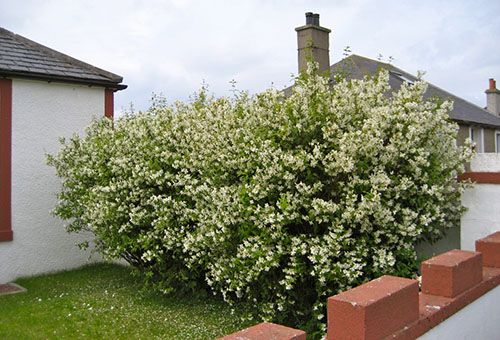
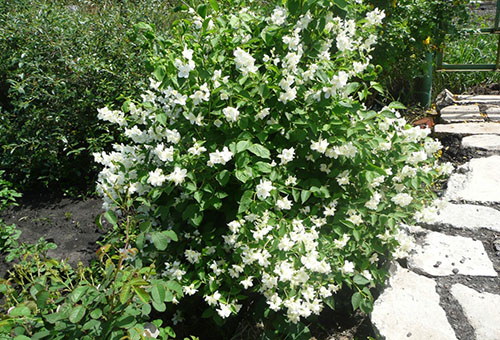

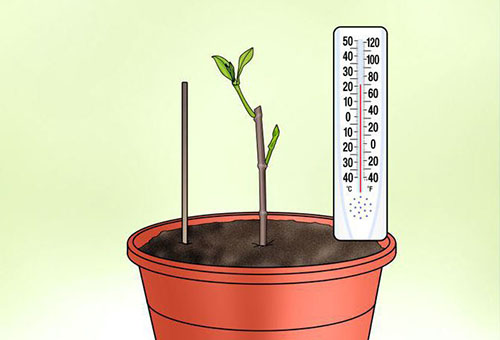
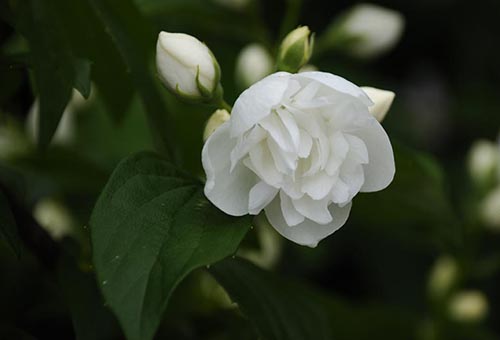
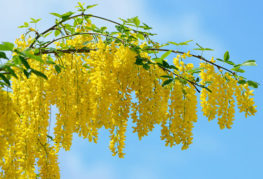
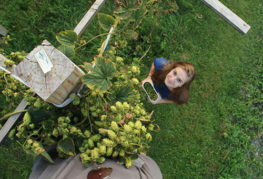
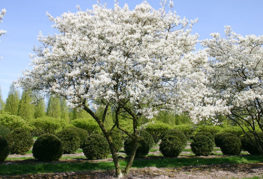
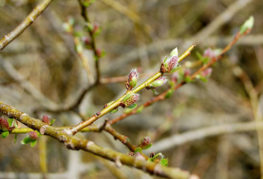
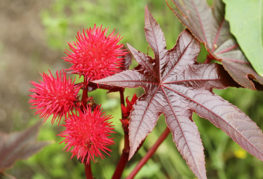
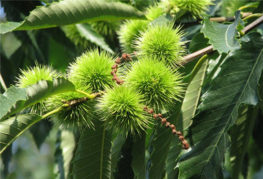
and will be published shortly.